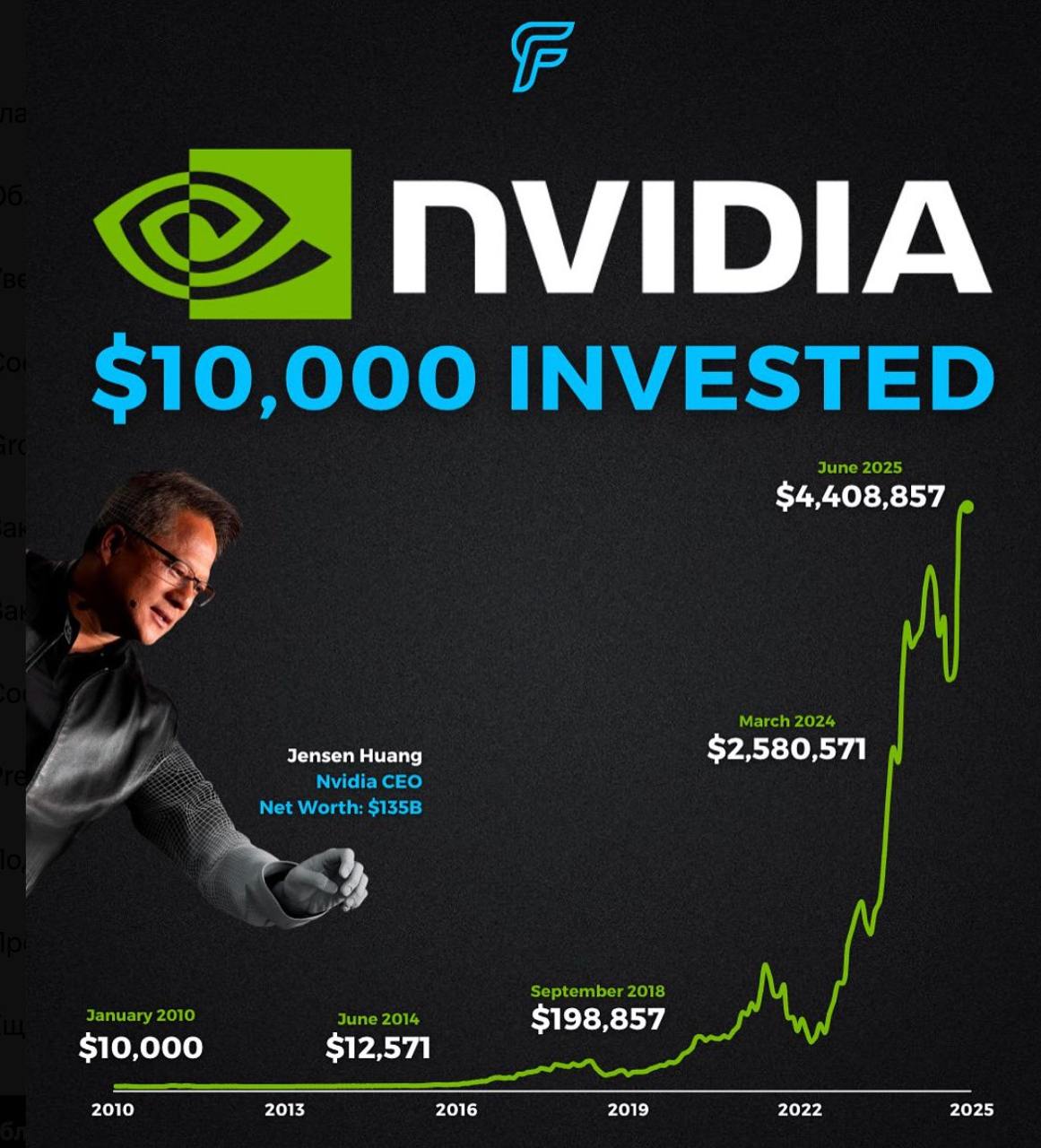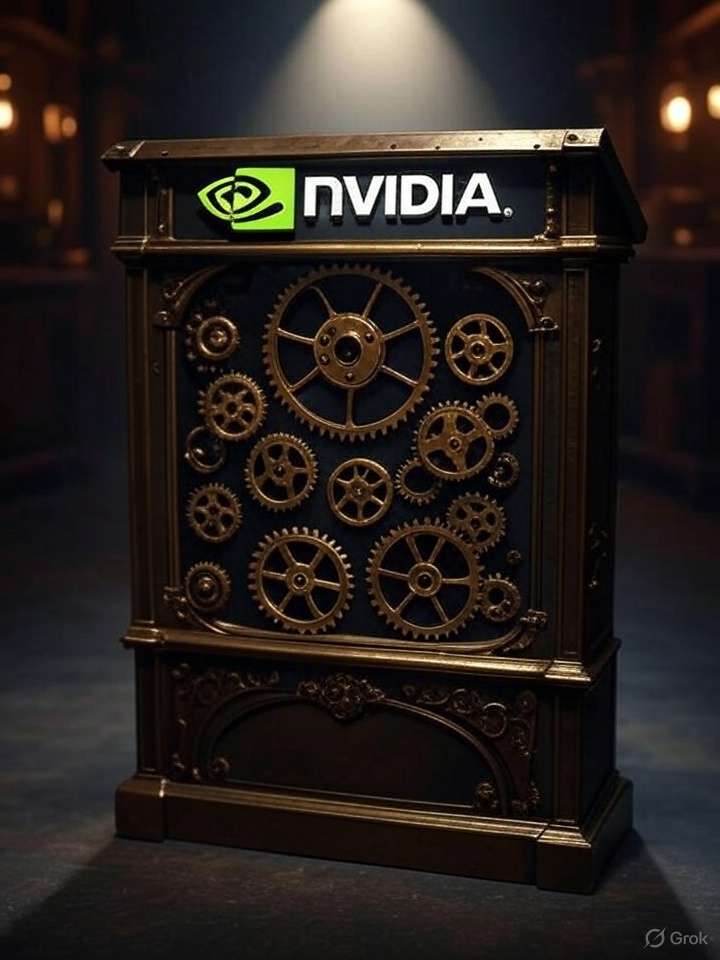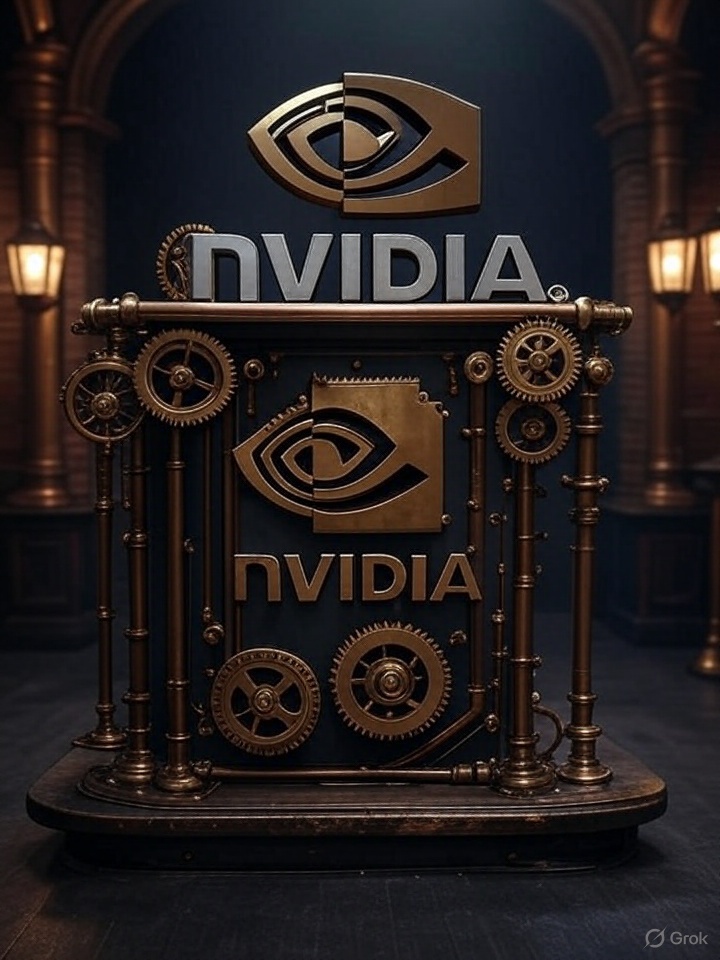In the 19th-century gold rush, it wasn’t the prospectors who struck it rich — it was the shovel sellers. Fast forward to 2025, and NVIDIA has become the quintessential shovel seller of the AI revolution, inching toward a staggering $4 trillion market capitalization.
As startups and tech giants alike chase the "gold" of artificial intelligence — large language models (LLMs), autonomous agents, and generative AI services—NVIDIA is cashing in by supplying the essential tools powering this frenzy.
The AI Gold Rush and NVIDIA’s Shovels
Today’s gold prospectors are the innovators training LLMs, developing autonomous systems, and building generative AI platforms. Their tools? NVIDIA’s cutting-edge GPUs (like the A100 and H100 series), NVLink interconnects, the CUDA software stack, DGX servers, and advanced networking accelerators. These are the modern-day shovels, enabling the compute-intensive workloads that define the AI era. While others mine for breakthroughs in data, NVIDIA equips them with the hardware and infrastructure to dig deeper, faster, and smarter.
NVIDIA doesn’t stop at selling hardware. Its "tool shop" extends to proprietary cloud platforms and partnerships with data centers worldwide, ensuring that every AI prospector — whether a scrappy startup or a trillion-dollar corporation—relies on NVIDIA’s ecosystem. From hyperscale cloud providers to specialized AI compute clusters, NVIDIA’s infrastructure is the backbone of the AI revolution.
A Meteoric Rise
NVIDIA’s ascent to a near-$4 trillion valuation is a testament to its dominance. To put this in perspective: if you had invested $10,000 in NVIDIA stock in 2010, your stake would be worth an astonishing $4.4 million today. This 440x return reflects NVIDIA’s transformation from a gaming-focused chipmaker to the linchpin of AI innovation. Its GPUs, once prized by gamers, now power the world’s most advanced AI models, from ChatGPT to autonomous driving systems.

The company’s strategic bets — on CUDA’s parallel computing architecture, high-performance networking, and AI-optimized hardware — have paid off spectacularly. NVIDIA’s DGX systems, for instance, are purpose-built for AI training, while its NVLink technology ensures seamless scaling across massive GPU clusters. Meanwhile, its software stack, including CUDA and cuDNN, has locked developers into its ecosystem, creating a moat that competitors struggle to cross.
Why NVIDIA Wins
While AI startups and tech giants chase elusive breakthroughs, NVIDIA profits from every swing of the pickaxe. Its business model thrives on the relentless demand for compute power, regardless of who finds the next big AI "nugget." Whether it’s a generative AI startup building a new video synthesis model or a megacorp training a multimodal LLM, NVIDIA’s hardware is the common denominator.
Moreover, NVIDIA’s expansion into cloud services and partnerships with data center operators ensures it captures value across the AI stack. Its Omniverse platform and AI Enterprise suite further cement its role as a one-stop shop for AI development. As AI workloads grow exponentially, so does the need for NVIDIA’s tools, creating a virtuous cycle of revenue and innovation.
 Also read:
Also read:
- The Superpower of Cricket: How Netflix is Winning Over India’s Audience
- Tinder Introduces Biometric Face Check in California to Combat Fake Photos
- Apple Rakes in Over $40 Million with Product Placement in ‘F1’
The Road to $4 Trillion and Beyond
As NVIDIA approaches a $4 trillion market cap, it stands as a colossus in the tech world, rivaling the likes of Apple and Microsoft. Yet, its journey is far from over. The AI gold rush shows no signs of slowing, with industries from healthcare to automotive clamoring for more compute power.
NVIDIA’s relentless innovation — new GPU architectures, advanced networking solutions, and AI-optimized software—positions it to keep selling shovels to a growing army of prospectors.
In the end, NVIDIA’s success isn’t about finding gold; it’s about equipping those who do. And as long as the AI revolution rages on, NVIDIA will keep profiting from every dig.
Author: Slava Vasipenok
Founder and CEO of QUASA (quasa.io) - Daily insights on Web3, AI, Crypto, and Freelance. Stay updated on finance, technology trends, and creator tools - with sources and real value.
Innovative entrepreneur with over 20 years of experience in IT, fintech, and blockchain. Specializes in decentralized solutions for freelancing, helping to overcome the barriers of traditional finance, especially in developing regions.
This is not financial or investment advice. Always do your own research (DYOR).






